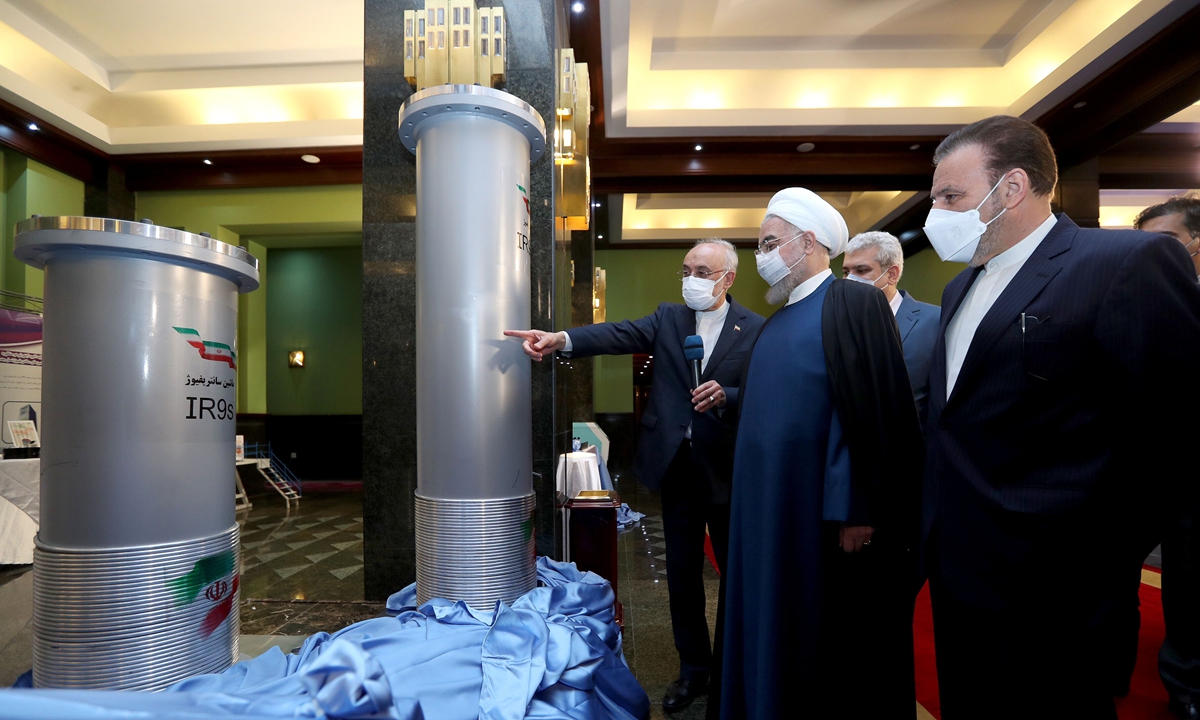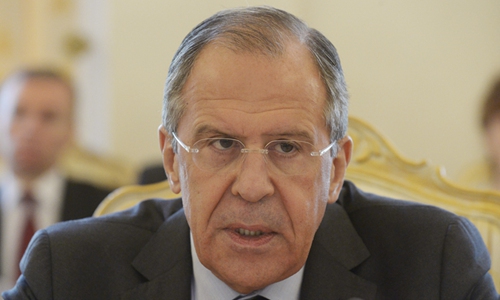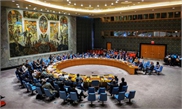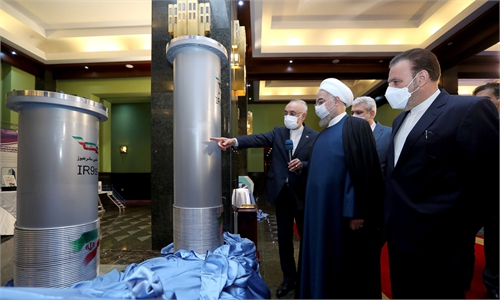Plan clears way for possible nuclear deal
Iran, IAEA set timeline to remove long-standing obstacle to agreement

President of Iran, Hassan Rouhani (2nd right) and head of the Atomic Energy Organization of Iran Ali Akbar Salehi (left) visit a Nuclear Technology exhibition on the 11th anniversary of National Nuclear Technology Day in Tehran, Iran on Saturday. Meanwhile US and Iranian officials clashed over what sanctions the US should lift to resume compliance with the 2015 nuclear deal. Photo: VCG
Iran and the UN nuclear watchdog on Saturday agreed a three-month plan that in the best case will resolve the long-stalled issue of uranium particles found at old but undeclared sites in the country, removing an obstacle to reviving the Iran nuclear deal.Eleven months after indirect talks between Iran and the US on salvaging the 2015 deal began in Vienna, delegates are trying to settle the final thorny issues within days as Western powers say time is running out since Iran's nuclear advances will soon make the deal redundant.
One unresolved issue, diplomats say, has been Iran's demand for the closure of the International Atomic Energy Agency's investigation into uranium particles found at three apparently old but undeclared sites, which suggest that Iran had nuclear material there that it did not declare to the agency.
The agency has long said Iran has not given satisfactory answers on those issues, but on Saturday they announced a plan for a series of exchanges after which IAEA chief Rafael Grossi "will aim to report his conclusion by the June 2022 [IAEA] Board of Governors" meeting, which begins on June 6.
The joint plan clears the way for a possible agreement to revive the 2015 deal, though Grossi emphasized that his conclusion would not necessarily be positive.
Where anything other than full resolution would leave implementation of any agreement, however, remains to be seen.
"It would be difficult to imagine you can have a cooperative relationship as if nothing had happened if the clarification of very important safeguards issues were to fail," Grossi said in a news conference when asked what the effect on reviving the deal would be if the issues were not closed.
Grossi also suggested the presentation of his conclusion would happen before "Re-Implementation Day" - the day by which the bulk of US sanctions-lifting and Iranian implementation of nuclear restrictions will have happened under any future agreement - even though they are officially unrelated.
"It is obvious that for Iran it is important to try to have the processes I wouldn't say running in absolute synchronicity, but there is a sort of a loose relationship," he said in a statement when asked if the three-month timeframe was based on the timing of Re-Implementation Day.
Grossi was speaking after a trip to Tehran in which he met Iran's nuclear chief Mohammad Eslami and Foreign Minister Hossein Amirabdollahian.
While the plan provides a roadmap for resolving the agency's open questions about the three sites, the agency removed a fourth open issue from its list - the possible presence in the past of a uranium metal disc at another undeclared location.
Reuters



